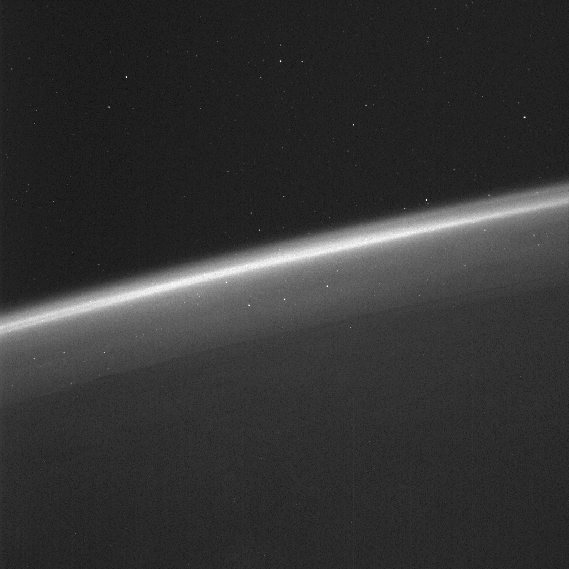Assessment Star Tracker for Asteroid Search
A study undertaken by Terma under the GSP Studies Programme has clearly shown the viability of using Star Trackers as a payload of opportunity to search for asteroids.
Star trackers are optical devices that are used for attitude control of a spacecraft by analysing the placement of the surrounding stars relative to the spacecraft. On any given spacecraft there are generally two star trackers on board, one serves as a spare in case the first one malfunctions. Making use of this second star tracker to search for small bodies in near-Earth orbits would facilitate the detection of asteroids.
Inherently, star trackers on board spacecraft point away from the Sun so that the sensitive camera does not get saturated with the light from the Sun. Most star trackers have a wide enough field of view to allow them to scan a decent amount of space. Add to that the rotation of the spacecraft and the search for rogue asteroids can begin.
The high number of background stars makes asteroid detection from single raw images very difficult. Careful subtraction of background "noise" is therefore paramount for correct interpretation of the data. To be able to carry out this function on board and to store the data up to the time that it can be transferred back to Earth the star trackers would have to be installed with more memory capacity than is usually the case.

Initially, the study's proof-of-concept would be to use the second star tracker on LISA Pathfinder (LPF), currently in orbit around the L1 Lagrange point between Earth and the Sun, some 1.5 million kilometres away from the Earth. After the end of the mission, new software could be uploaded to turn the second star tracker into an "asteroid hunter" and as this software patch will only reside in the RAM, the star tracker will return to its normal mode after a reset.
As the LPF star tracker was not optimised in terms of aperture or resolution, its task will not be to search for any unknown objects, but rather it will be used to detect already known objects in the inner-Earth orbit to prove the concept. This technique, however, could easily be used on other spacecraft, and, if future missions allow it, the asteroid hunt could be on.
The study showed that a star tracker with a sensitivity of 14.7 visual magnitude could detect asteroids the size of around 13-30 km in diameter at a distance of 1 AU (1AU = 150 million km) or much smaller asteroids (3-8 km diameter) at 100 LD (lunar distance = 385 000 km). Optimisation of star trackers in the future would allow much smaller asteroids to be detected.
For more information please contact: Håkan Svedhem: h.svedhem @ esa.int




